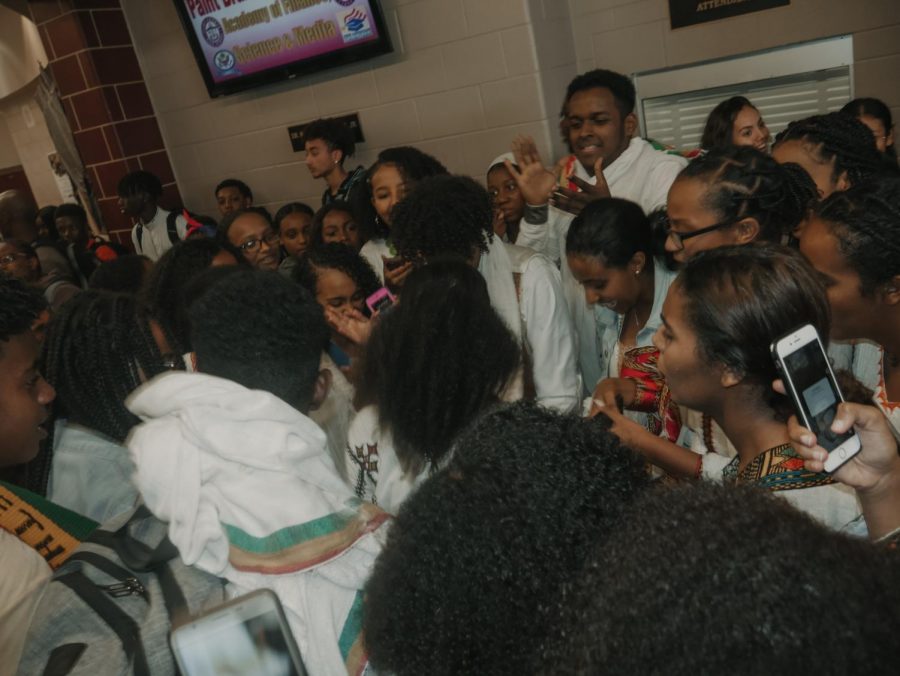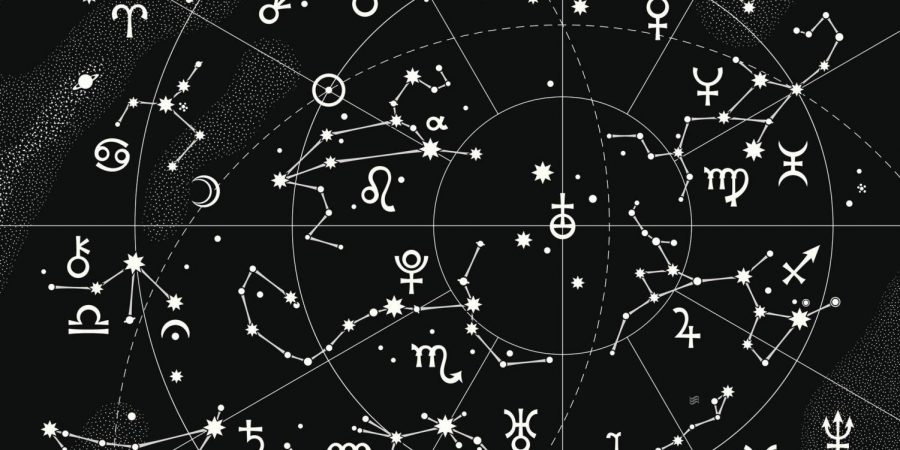Culture is More Than Just a Month (Part 2)
February 22, 2018
Last year I wrote about the history of African Americans being confined to specific moments, leaving no room for humanization and proper education for the newer generation https://pbmainstream.com/3560/journalism-i/culture-is-more-than-just-a-month/
As Black History Month is upon us again, the same topics and the same issues rise up in the classroom once again. Slavery, the Jim Crow era, and, of course, the Civil Rights Movement all make their yearly appearance. My aim is not to negate these moments in history , but to raise the issue of the lack of education in other areas of African American History, as well as the lack of representation of African Americans as a diverse group of people with diverse ideas, thoughts, and experiences.
The African-American community faces many issues and hardships, but one group in particular seems to be too often swept aside or disregarded: African-American women. One of the most important issues we face today is the misunderstanding and underrepresentation of African-American women. In our community as well as in society as a whole, African-American women are seen through various tropes, judged, or should I say misjudged, as the angry black woman, the sassy black best friend, and the infamous no good baby momma. While we are inching away from these representations through shows such as Blackish and Insecure, we are still far from the goal. Black women are still placed on a different pedestal, viewed through a different lens, required to keep their emotions completely in check lest they be called out for being overly emotional or aggressive.
These stereotypes are a fatal symptom of the underrepresentation of black women in places of power, corporate positions, and, most importantly, media. According to Jane Wakefield of BBC, “Children aged five to 16 spend an average of six and a half hours a day in front of a screen.” In a year, that would be 2,372.5 hours of children watching TV, playing on their phones, or using their tablets- and all the while their brains are being influenced by the characters they see. Of the characters that they saw in 2016-2017, black women made up 21%, but only 9% had speaking roles, according to womenandhollwood.com.
With so much of children’s time being spent in front of a screen, the representation they see should not be so limited. While the media seems to embrace black women like Michelle Obama and Oprah Winfrey, they are not the only types of black women. Black women should not be forced into a mold where their only options for acceptance are Michelle Obama or Oprah. While there has been an increase of black women in the media, we need to go further. We need to let the world be aware that one doesn’t need to be a media mogul or First Lady to find acceptance in the world. One doesn’t need to be a Harvard grad or revolutionary to find acceptance. One doesn’t need to be anything other than themselves to find acceptance in the world. Black women are more than that. Black women are multi-dimensional and diverse, each woman different from the last. With each new character, new actress, director, animator, and more, little black girls will see that they have options. It is necessary for the world to see that black women have options. While we can never be able to display the vast differences in each and every black woman, the increase in representation will hopefully lead to better understanding, treatment, and opportunities for black women.











































